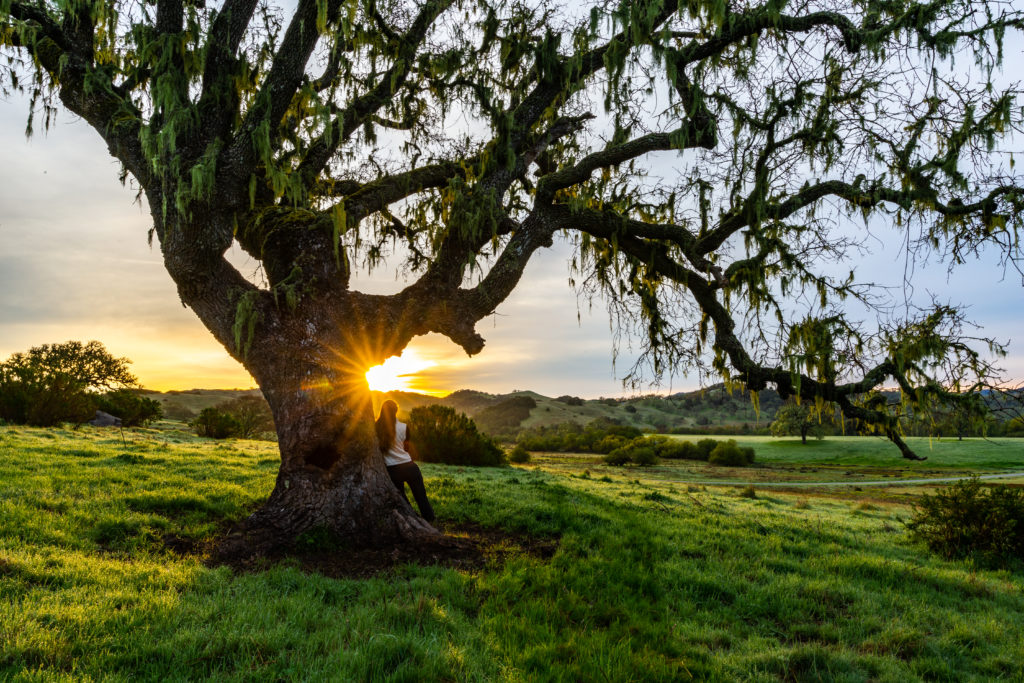
Conservation Community
The Santa Lucia Conservancy works proactively and cooperatively with landowners to ensure stewardship of The Preserve’s lands. Find some of the ways The Preserve community and the Conservancy have allied to safeguard The Preserve’s beauty and ecological integrity.
Rodenticide-Free Campaign
In 2015, the Conservancy received reports of dead owls in fountains and swimming pools. The Conservancy tested the bodies and found the animals had trace levels of poisons used in rodenticides. Rodenticides work by poisoning small mammals, which also happen to be prey for larger predators. After a rodent consumes the poison, it becomes woozy and easy prey for hungry predators. Once consumed, however, the poison owl would also consume the poison. The poison used in rodenticides are blood thinners that cause wildlife to become thirsty and seek water in unusual places.
Around the same time, small predatory mammals like bobcats and foxes began to show up dead in strange places on The Preserve.
This passing on of toxins through a food web is called bioamplification. It became a known phenomenon in the 1950s when pesticides sprayed on bugs to prevent the carriage of Dutch elm disease began to kill off entire populations of the robins who ate them. These pesticides, called DDT, bioaccumulate – became more concentrated as they travel up the food chain – until they incurred damage to bald eagles’ calcium metabolism, prompting thin eggshells which were too weak to support baby chicks. This mess was the onus for Rachel Carson’s environmental classic Silent Spring, which dramatically reduced widespread DDT use.
Still, 53 years after Silent Spring, a parallel problem threatened The Preserve’s owls. The Preserve’s American Kestrels, red tail hawks, and turkey vultures were also at risk, as were foxes, coyotes, bobcats – even, potentially, big predators like mountain lions.
Preserve community members were understandably upset at this threat to these beloved creatures. With the support of the Conservancy’s senior wildlife ecologist, homeowners joined small working groups. Homeowners, the Ranch Club, CSD, and Resident Services formed a partnership to encourage community members to stop using poison for rodent control. This internal social pressure prompted Resident Service’s wholesale switch of service providers to IPM, an integrated pest management provider. With this move, 100 Preserve households stopped using rodenticide.
Since homeowners partnered with the Conservancy, the Preserve has had a 90% reduction in known rodenticide use. Numbers of turkey vultures, red-tailed hawks, and American kestrels have more than doubled from their 2009-2010 numbers, when rodenticides were still being widely used. And there have been no more owls showing up in fountains.
The success of the rodenticide-free campaign was largely the result of concerned community members. To read more about homeowner partnerships with the Conservancy, click here.
Owl Box Initiative
The Conservancy’s work to reduce rodenticide naturally evolved into the Owl Box Project. Homeowners committed to ditching poisons for rodent control embraced a natural solution. Working with the Conservancy, Landowners may voluntarily install owl boxes to provide habitat for large birds that prey on rodents. Owl boxes are part of integrated pest management, an alternative to poison. It would be counterproductive to invite owls onto properties where poisons are still being used against rodents.
While not an official research project, the boxes do support the Conservancy’s mission to monitor The Preserve’s wildlife. During nesting season, which varies from February through July, the Conservancy monitors these boxes every 2-3 weeks.
It may be of some comfort to The Preserve’s raptors that they are not alone. Recently, a shop class from the Bay Area donated 20 Kestrel boxes to The Preserve.